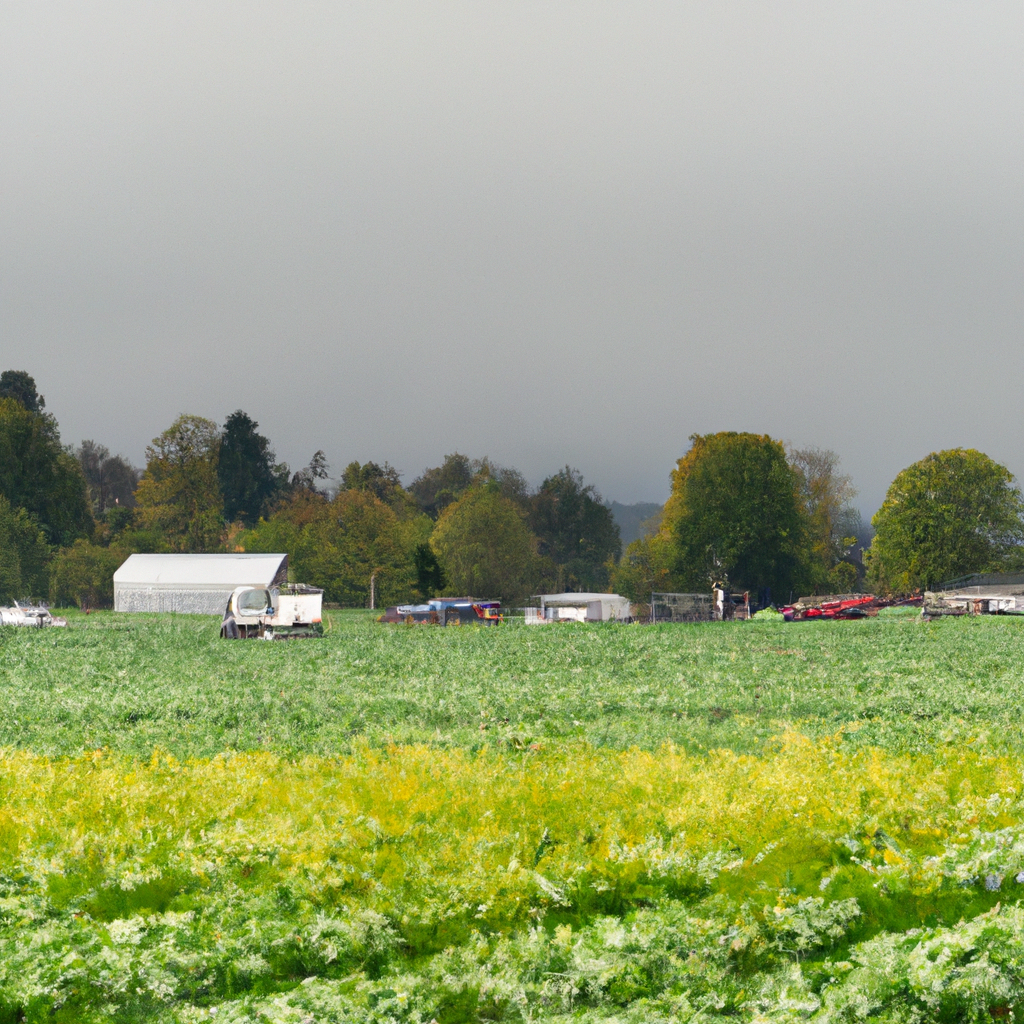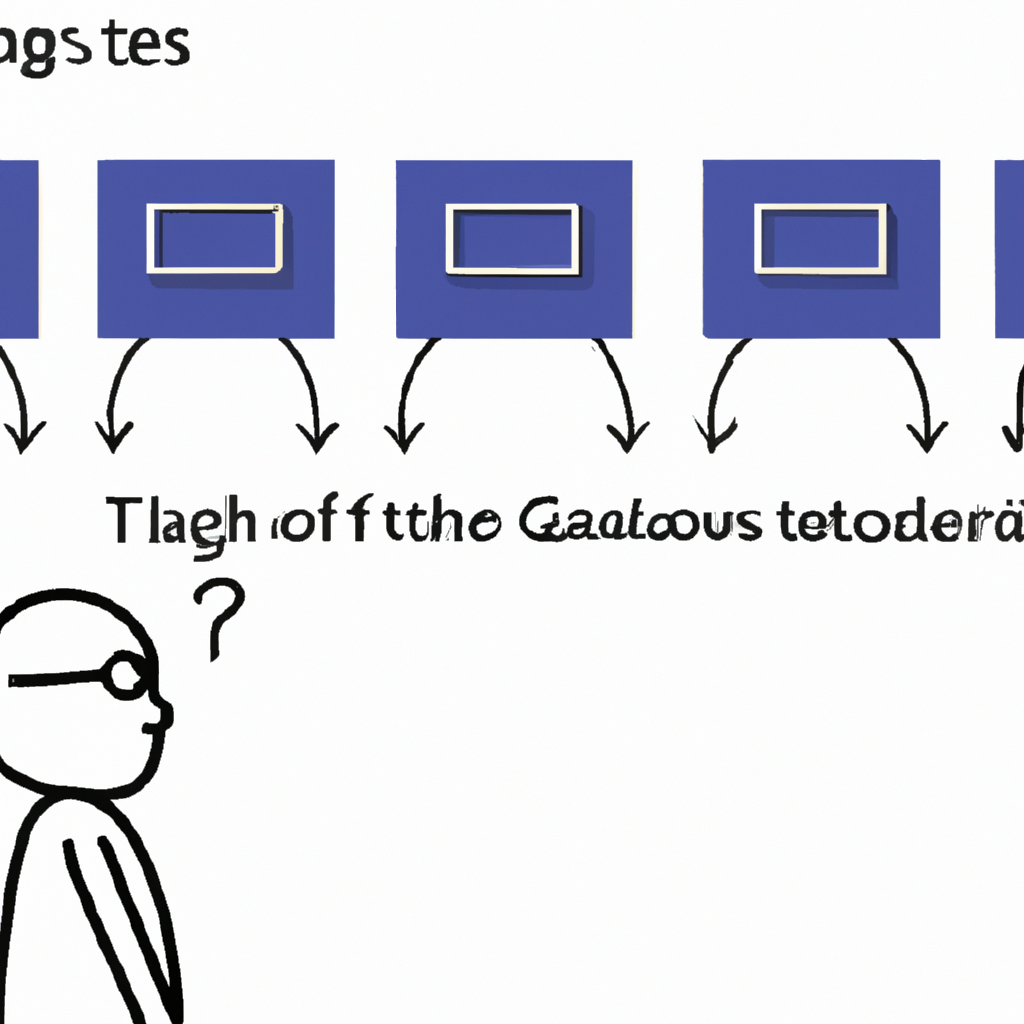In rapidly advancing world, technology has seeped into every aspect of our lives, and agriculture is no exception. The traditional image of a farmer working in the fields with basic tools and equipment has evolved into a modern, technology-driven industry. The integration of circuits and systems in agriculture has revolutionized the way we grow, harvest, and process our food. In this article, we delve into the various ways circuits and systems are transforming modern agriculture, from farm to fork.

Precision Farming: Enhancing Efficiency and Yield
Precision farming has emerged as a game-changer in the agricultural sector. By utilizing advanced circuits and systems, farmers can optimize their operations, resulting in improved efficiency and higher yields. One of the key technologies in precision farming is the use of sensors. These sensors, embedded in the soil, can provide real-time data on moisture levels, nutrient content, and temperature. This information allows farmers to make informed decisions about irrigation, fertilization, and crop protection, thereby minimizing waste and maximizing productivity.
Automated Machinery: Streamlining Farm Operations
Gone are the days when farmers had to rely solely on manual labor. With the advent of automated machinery, powered by intricate circuits and systems, farm operations have become more streamlined and efficient. From autonomous tractors that can plow, sow, and harvest crops with precision, to robotic milkers that ensure the well-being of dairy cows, these technologies have significantly reduced the physical burden on farmers while increasing productivity. With the ability to operate around the clock, automated machinery ensures that no time or effort is wasted in the pursuit of a bountiful harvest.
Internet of Things (IoT): Connecting Farms to the Digital World
The Internet of Things (IoT) has opened up a world of possibilities for the agricultural industry. By connecting various devices and systems, farmers can monitor and control their operations remotely, even from thousands of miles away. IoT-enabled sensors can provide real-time updates on weather conditions, crop growth, and livestock health. This valuable information enables farmers to make data-driven decisions, optimize resource allocation, and mitigate risks. From monitoring soil moisture levels to tracking the movement of livestock, the IoT has revolutionized the way farmers interact with their land and animals.
Smart Greenhouses: Creating Controlled Environments
Greenhouses have long been used to extend growing seasons and protect crops from harsh weather conditions. However, with the integration of circuits and systems, greenhouses have become smarter and more efficient. Smart greenhouse technologies utilize sensors, actuators, and automated control systems to create optimal growing conditions. By monitoring factors such as temperature, humidity, and light intensity, farmers can tailor the environment to suit specific crops, resulting in higher quality yields and reduced resource consumption. Smart greenhouses also offer protection against pests and diseases, further enhancing crop productivity and sustainability.
Food Traceability: Ensuring Quality and Safety
In an era where consumers are increasingly concerned about the origin and safety of their food, circuits and systems play a crucial role in ensuring transparency and traceability. Through the use of technologies such as RFID (Radio Frequency Identification) and blockchain, the entire journey of a food product, from farm to fork, can be tracked and recorded. This enables consumers to verify the authenticity, quality, and safety of the food they consume. By enhancing traceability, circuits and systems contribute to building trust between producers and consumers, ultimately benefiting the entire agricultural supply chain.
Sustainable Agriculture: Balancing Productivity and Environmental Impact
As the world grapples with the challenges of climate change and resource scarcity, sustainable agriculture has become a pressing issue. Circuits and systems offer innovative solutions to balance productivity with environmental impact. For instance, precision irrigation systems can reduce water wastage by delivering the right amount of water to plants at the right time. Similarly, automated nutrient management systems ensure that fertilizers are applied efficiently, minimizing runoff and environmental pollution. By optimizing resource usage and minimizing waste, circuits and systems enable farmers to embrace sustainable practices without compromising productivity.
Conclusion
The integration of circuits and systems in modern agriculture has transformed the industry, allowing for increased efficiency, productivity, and sustainability. Precision farming, automated machinery, IoT connectivity, smart greenhouses, food traceability, and sustainable practices are just a few examples of how technology has revolutionized the way we produce and consume food. As we move forward, it is essential to continue exploring new possibilities and harnessing the power of circuits and systems to address the challenges facing agriculture. By doing so, we can create a more resilient, productive, and environmentally conscious food system, ensuring a brighter future from farm to fork.






